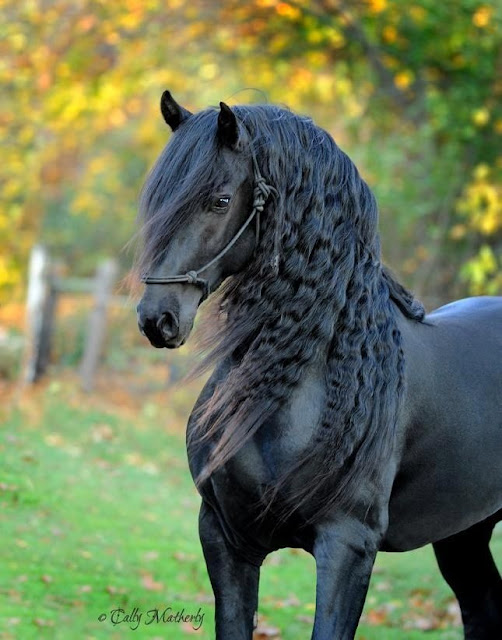 |
| Elements of process of human evolution Vector photo: freedesignfile.com |
 |
| The Progress of Technology and Devolution of Man Ascension Presents - Ascension Press |
Updated 09/05/2020
3. Births are complicated
Compared species of monkeys, the human species is experiencing a very complicated birth, due to the fact that people pelvis is narrow compared to the size of the head and shoulders babies.
"The pelvis is responsible for two people's positions, moving 2 feet, and the possibility of birth,"
said Karen Rosenberg, a paleontologist at the University of Delaware. Pelvic shape is given by a compromise between the two.
 |
| Why Is Human Childbirth So Painful? American Scientist |
People came with an interesting cultural answer to explain this difference between apes and humans. While birth is one solitary mammals, women receive a significant assistance.
Moreover, researchers have argued that natural selection favored seeking assistance during birth and, although the reason seems much easier to overcome fear and pain, had an important role in reducing mortality.
1. We have back pain
Emergence of bipedalism was a major development in the evolution of human bipedal position by allowing us to travel long distances to use our hands as we move, but, however, is a disadvantage.
 |
| Slipped Disc and KST Chiropractic Care Keiran Chiropractic |
If chimps and other quadrupeds akin to the human species, the backbone functions as a suspension bridge.
"If the structure is placed horizontally in vertical position, it loses stability,"
said Jeremy DeSilva, a paleontologist at Dartmouth College.
The simplest way to make a perfect structural backbone into a creature with a right upright as stacking the vertebrae, but the method for birth canal locks. Thus, the backbone must be involved in the process of bending, which can pave the way for an easier birth. The price you are paying back pain and movement disorders such as disk and fractures.
2. Anatomy feet I inherited from monkeys
If you analyze the existing prosthetic legs today, their structure resembles an ostrich leg. Human anatomy is not tracked because it is a little strange.
 |
| Primate Feet Evolutionary Comps Pinterest |
 |
| Rethinking the evolution of the human foot Journal of Experimental Biology - The Company of Biologists |
DeSilva added that we inherited many elements of the anatomy of apes and legs are the best example. When we began on two legs, I did not need the flexibility of legs they have monkeys to climb trees, but because we inherited anatomy of apes, our legs and could be turned quite often, we face sprains and dislocations.
4. Crave for junk food
Sugar is an important element of energy, and the excess is converted into fat to cope with stressful moments in which we need more energy.
 |
| Here's how eating sugar affects your body and brain The Independent |
Before the development of industry and agriculture when food sources were scarce or unreliable, sugar was necessary to survive. But nowadays, the sugar found in very many products, people exaggerate regarding its consumption. Thus, the current population is facing obesity and an increased risk of diabetes and high blood pressure.
 |
| From Diabetes to Athlete's Foot, Our Bodies Are Maladapted Discover Magazine |
"The food industry has been very successful because we have the anatomical aspects of the Stone Age people who needed sugar, but nowadays this is our health", says Daniel Lieberman, a biologist at Harvard University.
5. We are dealing with mental illness
Natural selection has not removed the risk of mental illnesses such as schizophrenia and depression, although these conditions are associated with low birth rate.
 |
| The Evolution of Depression Obsessive Compulsive Diary |
Scientists have discovered that people with mental illness brothers who suffer from these diseases can result, however, children will have these problems. Other researchers have analyzed the origin of these diseases, concluding that they are closely linked to progress.
 |
| 13 common signs and symptoms of depression Medical News Today |
For example, while some symptoms of depression can affect a person decisive, conditions that create an analytical style of thinking can be very productive in terms of solving problems.
6. The molars creates pain
When people began to be bipedal, there was a major transformation: our brain has increased. To accommodate the new dimensions of the brain, face shape changed and became more narrow jaws. For many, this meant that the three molars or wisdom teeth have not occurred for proper develop, so they were affected.
 |
| Our Skulls Are Out-Evolving Us OneZero - Medium |
If these teeth are not extracted, can be extremely painful and cause infections. However, natural selection is still in constant development, a genetic mutation that stops the emergence of wisdom teeth begin to form is becoming more widespread and more people no longer have three molars.
Other articles on the same theme:
Story source:
The above post is reprinted from materials provided by Mentalfloss . Note: Materials may be edited for content and length.








































